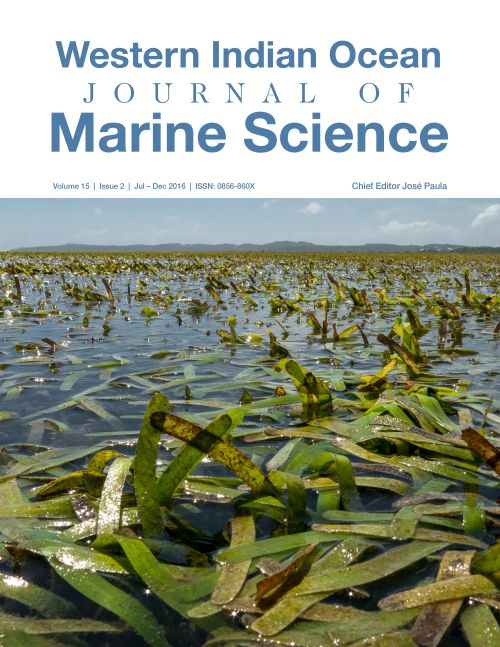Main Article Content
Psammonema waweri sp. n. (Nematoda: Desmodoridae), a brood protecting free-living marine nematode from the Continental Shelf and slope sediments along the Kenyan Coast
Abstract
Psammonema waweri is the third species in the recently described genus Psammonema, (Verschelde & Vincx, 1995) after the type species P. ovisetosum and P. kuriani ( Jacob et al., 2015). It is characterized by large loop-shaped amphids that overlap both the anterior and posterior part of the cephalic capsule, a lateral alae that begins posterior of the pharyngeal region, and two types of body setae (long thin setae that are extra long at the mid body in females, and short ones). Psammonema. waweri differs from P. ovisetosum in the lateral alae that begins at the pharyngeal in the latter, and posterior of the pharyngeal region, in the former species, in the male amphids which are a closed loop in P. waweri and an open-loop in P. ovisetosum. The female of the species protects the developing eggs by attaching them to the ventral mid body anterior and posterior of the vulval region, while in P. ovisetosum eggs are attached only at the anterior region of the vulva Thus, theavulva tends to be more anterior (still > 50 % of body length) in P. waweri than in P. ovisetosum. Amended diagnosis of the genus Psammonema is also provided in this paper.






